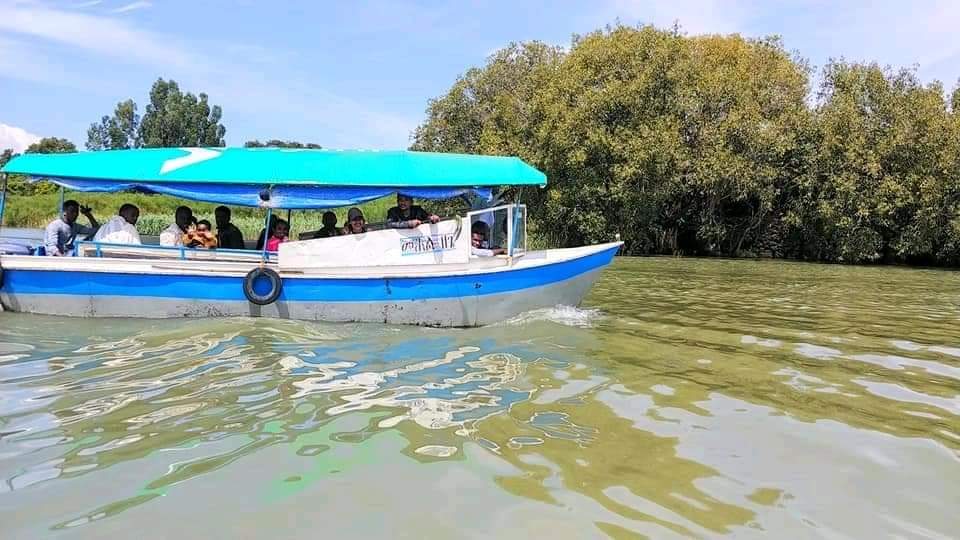Lake Tana consists of 34-41 islands and a peninsula. Dek is the largest island in the lake. Besides Dek Island, there are more than 27 medium and small islands.

Many monks and nuns live in the monasteries and churches surrounding the islands. In addition to the natural heritage, the islands and the surrounding coastal areas are rich in cultural and historical heritage. Historical buildings including many monasteries and Imperial tombs built starting from the 13th century. Lake Tana and its environs have been populated since the 16th century. It has been the residence and tomb of Ethiopian kings since the Middle Ages. As a result, Lake Tana and its environs are part of Ethiopia’s cultural, historical and religious heritage. Meanwhile, monasteries and churches on Lake Tana and the surrounding peninsula are vulnerable. The main cause of the damage is the lack of lightning protection in the area, according to their past experience. The high humidity in the area also has caused the paintings to deteriorate. Flying insects and termites (termites) are also the major cause of damage to both buildings and heritages. Most of the monasteries are many years old and need maintenance. However, the maintenance of the monasteries and churches requires knowledge. As a result, many have not been repaired for a long time. Examples include the Gorgora Debrecina and Mariam and the ancient Building of of the Narga Silase. Repairs to the monasteries have been carried out by unskilled professionals , which can have a negative impact on the heritage value of the monasteries. The materials used for maintenance are not preserved in the archeology. Some are being demolished and rebuilt. Examples include Tana Kirkos and Daga Estefanas Monastery. The Tana Kirkos Monastery is one of the oldest monasteries in Ethiopia. The stone altar of the Torah and others are still in place today. However, the old monastery was demolished and rebuilt. The materials used for the maintenance of the churches are different from the materials used for the construction of the old church. This deprived the church heritage Values. The renovations also did not go hand in hand with the construction of the old building, which reduced caused damage. The roofs of the monasteries have been changed from grass to corrugated iron, and the roofing material has been replaced with cement. The doors and windows of the monasteries were removed and some of the metal balls were replaced by wooden doors, reducing the completeness and consistency of the Building. Lighting in the monastery building Ropes have not been crafted, and they have damaged the ancient paintings on the walls of the monastery. Many nails are nailed to the walls and ceiling to connect the lighting lines to the walls and ceiling of the monasteries. This is causing serious damage to the building. Fathers have argued that the pesticides sprayed by churches at various times to prevent mosquito bites have caused damage to monasteries’ paintings. In general, the heritage is currently being damaged by age and lack of maintenance. The concerned parties must have Adress the issues.
